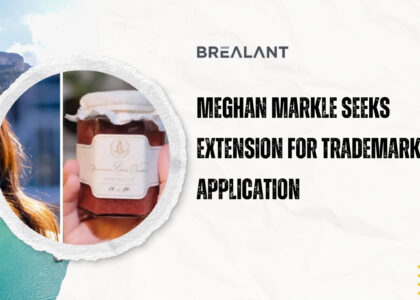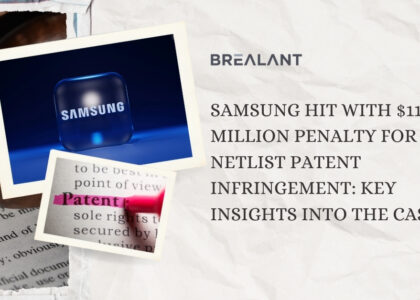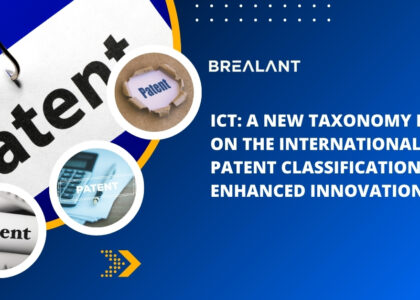China’s Patent Linkage System
China’s Patent Linkage System is a legal mechanism that connects the regulatory approval of generic drugs with patent rights. It is designed to protect the rights of patent holders by preventing generic drug manufacturers from launching their products before the expiration of the patent rights.
Under this system, pharmaceutical companies seeking regulatory approval for a generic drug must provide information on any patents the drug may infringe upon. If a patent holder believes their patent has been infringed, they can initiate legal proceedings against the generic drug manufacturer to seek compensation or prevent the drug’s launch.
The Patent Linkage System is aimed at balancing the interests of patent holders and generic drug manufacturers, promoting innovation and investment in the pharmaceutical industry, and ensuring the availability of affordable and high-quality medicines to the public. It has been in effect in China since June 1, 2021, and is expected to impact the country’s pharmaceutical industry significantly.
Law related to China’s Patent Linkage System
The legal basis for China’s Patent Linkage System is primarily set out in the amended Patent Law of China, which took effect on June 1, 2021. The relevant provisions of the amended law include the following:
Article 76 stipulates that when an applicant applies for marketing approval for a drug that may fall within the scope of a patent right, the applicant shall provide the patentee with relevant information. The drug regulatory authority shall also notify the patentee of the relevant information.
Article 77 stipulates that, after receiving the notice, the patentee may file a lawsuit with the people’s Court within 30 days. The Court shall make a ruling within 9 months from the case’s acceptance date.
Article 78 stipulates that if a patentee files a lawsuit within the prescribed time limit, the drug regulatory authority shall not approve the drug for marketing until the dispute is resolved or the patent term expires.
In addition to the amended Patent Law, there are also several other laws and regulations related to the Patent Linkage System, including the Measures for the Implementation of the Drug Registration Regulations, the Measures for the Early Resolution Mechanism for Drug Patent Disputes, and the Guidelines for the Implementation of the Early Resolution Mechanism for Drug Patent Disputes. These laws and regulations provide further details on the operation and implementation of the Patent Linkage System in China.
Paragraph 3 of Article 42 of the Amended Patent Law says
- To compensate for the time taken for review and approval of a new drug for marketing, the CNIPA shall extend the term of the patent for an invention related to the new drug for which marketing approval is obtained in China at the request of the patentee, and
- The patent term extension shall not exceed 5 years, and the resulting total effective patent term shall not exceed 14 years from the approval for marketing of the new drug.
The draft PTE rule outlines the PTE and its application. It adds that the PTE is accessible for patents relating to items, preparation processes, and medical applications of innovative medications. PTE will also have jurisdiction over chemical pharmaceuticals, biological products, and Chinese traditional medicine. According to the draft, “new pharmaceuticals” are active ingredients of new drugs that are licensed for commercialization for the first time by the regulatory body. As a result, patents covering active medicinal compounds approved for marketing in China for the first time will be eligible for PTE.
The PTE period and the API
As specified, the patent must not have previously been awarded to the PTE, providing additional impetus to the formulation of new API or the medical usage of new API. APIs can be chemical compounds, biological products, or even traditional medicines. Yet, when specifying the use of a new API, it is unclear what interpretation the API can have. The larger question is likely the design of the claims in the patent and the inclusion of API in it, as well as whether the API must be recited in the claim.
PTE will equal the period elapsed between the application date of the underlying patent and the date of the first marketing authorization of the medicine in China, reduced by five years, as previously provided for the extension of the patent term, not exceeding five years. The PTE does not extend the reach of the patent, and the scope stays limited to the new medicine and indication, so the scope of the PTE is significantly less than the underlying patent.
The amendment is silent on the calculation of the PTE for pharmaceuticals that have received authorization in a foreign nation before approval in China. The draft principally substantiates the concept of the market approval date in China, delivering greater benefit to those pharmaceuticals with a later approval date. Still, it is quiet on approval in the foreign country.
The amendment also specifies the requirement of the patent and drug for PTE.
- Time limit: PTE application must be filed within 3 months after regulatory approval.
- If multiple patents cover the drug, only one can be extended.
- If a patent covers multiple drugs, the PTE of the patent is possible for one drug only.
- The patent must not have been previously granted PTE. Therefore, the PTE will be applicable per pharmaceutical product per patent.
- The remaining protection period of the patent when filing PTE is no less than 6 months.
The draft rule is silent on whether the patentee can dispute the judgment on PTE if it is not satisfied. Furthermore, the draft gives the third party a recourse for seeking that the PTE be invalidated, and the Court can challenge the invalidation judgment. Regarding retroactivity, the PTE will become effective on June 1, 2021, although it is unclear if the medicine was approved before that date or if the patent awarded would be applicable.








